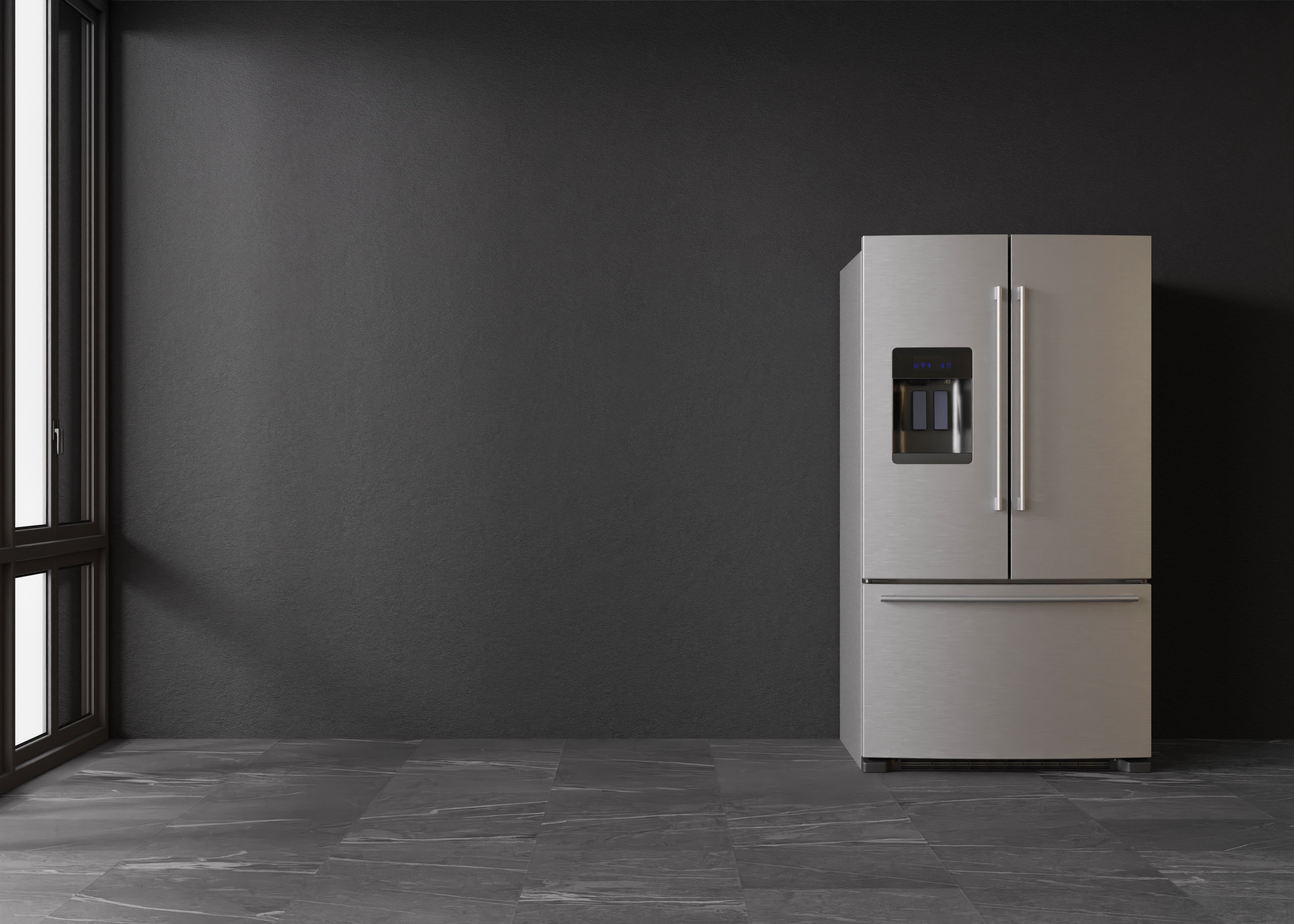10 Unexpected Fridges And Freezers Tips

Understanding Fridges and Freezers: The Essential Kitchen Appliances
Fridges and freezers are two of the most important devices in contemporary cooking areas. These appliances serve an important function in food conservation and waste decrease by making sure that perishable items remain fresh and safe for usage. This short article explores the different kinds of fridges and freezers, their functionalities, and crucial factors to consider for choice and upkeep.
Types of Refrigerators
The market provides a range of refrigerator types, each created to meet various customer needs. Below is a list of the most common kinds of fridges:
Top-Freezer Refrigerators
- Most typical type.
- Freezer compartment is located above the refrigerator section.
- Normally more economical and energy-efficient.
Bottom-Freezer Refrigerators
- Freezer lies at the bottom.
- Permits simpler access to fresh items at eye level.
- Often features pull-out drawers for better company.
Side-by-Side Refrigerators
- Refrigerator and freezer sections are nearby.
- Suitable for narrow cooking areas and allows simple access to both compartments.
- Often includes water and ice dispensers.
French Door Refrigerators
- Integrates a bottom freezer with double doors at the top.
- Offers sufficient storage and trendy styles.
- Frequently consists of features like temperature-controlled drawers.
Compact Refrigerators
- Smaller sized size perfect for minimal spaces.
- Typically utilized in dorm rooms, studio apartments, or as secondary fridges.
Table 1: Comparison of Refrigerator Types
| Type | Benefits | Downsides | Normal Size |
|---|---|---|---|
| Top-Freezer | Economical, energy-efficient | Less hassle-free access to the freezer | 14-30 cu. ft. |
| Bottom-Freezer | Simpler access to fresh food | Freezer can be harder to arrange | 19-30 cu. ft. |
| Side-by-Side | Easy access, water/ice dispenser | Narrow vs. storage area | 22-30 cu. ft. |
| French Door | Trendy, large, arranged | More expensive | 20-30+ cu. ft. |
| Compact | Space-saving, portable | Limited storage | 1.7-5.5 cu. ft. |
Types of Freezers
Freezers are a similarly essential appliance for food preservation. Buy A Fridge Freezer can be found in various designs designed to fit various household needs. Consider the list below types:
Upright Freezers
- Run like a basic refrigerator with vertical storage.
- Simpler to arrange with shelves and compartments.
Chest Freezers
- Large, horizontal design normally providing more storage space.
- Maintains temperature levels much better throughout power blackouts.
- More energy-efficient than upright models.
Portable Freezers
- Compact units ideal for outside activities or small spaces.
- Frequently utilized for camping journeys or as momentary storage.
Table 2: Comparison of Freezer Types
| Type | Advantages | Disadvantages | Normal Size |
|---|---|---|---|
| Upright Freezer | Much easier to arrange | Less energy-efficient, more floor area | 5-20 cu. ft. |
| Chest Freezer | Holds more items, energy-efficient | Harder to arrange | 5-25 cu. ft. |
| Portable Freezer | Compact and flexible | Limited storage capability | 1-10 cu. ft. |
Key Features to Consider
When choosing a fridge or freezer, consumers must keep in mind a number of features that can boost performance:
- Energy Efficiency: Look for designs with the ENERGY STAR certification to save on electricity expenses.
- Storage Capacity: Evaluate storage requirements based upon family size and eating habits.
- Temperature Control: Some devices offer digital controls for accurate temperature settings.
- Adjustable Shelving: Customizable shelving permits optimum company.
- Water and Ice Dispenser: Offers convenience but can take up valuable area inside.
- Noise Level: Sound ratings can influence comfort, specifically in open-concept homes.
Benefits and drawbacks of Having a Fridge and Freezer
While fridges and freezers are important innovations, they also have particular benefits and disadvantages:
| Pros | Cons |
|---|---|
| Protect food life-span and reduce waste | Require regular upkeep |
| Enable bulk buying and meal prepping | Can be costly to purchase and run |
| Deal benefit and quick access to food | Occupy significant cooking area space |
Upkeep Tips
To make sure durability and ideal performance of fridges and freezers, consider the following upkeep tips:
- Regular Cleaning: Clean the interior and exterior regularly to prevent buildup of dirt and bacteria.
- Examine Seals: Inspect door seals regularly for leaks to maintain effectiveness.
- Temperature level Settings: Keep the fridge at 34-38 ° F and the freezer at 0 ° F for optimal food conservation.
- Defrost as Needed: Chest freezers ought to be thawed regularly to keep efficiency.
- Clear Air Vents: Ensure that air flow isn't obstructed to enhance energy performance.
Frequently asked questions About Fridges and Freezers
Q1: How long can food be stored in a freezer?A: Most foods can be kept in a freezer for numerous months. Meats and poultry frequently last 4-12 months, while vegetables can last as much as 8-12 months.
Q2: How often ought to I clean my fridge and freezer?A: It is suggested to clean your fridge and freezer every 3 to 6 months, or as required when spills take place. Q3: Can I put hot food straight in the fridge?A: It is suggested to cool hot food to room temperature before placing it in the fridge to avoid
raising the temperature level inside the appliance. Q4: Why is my fridge running constantly?A: This could be due to a malfunctioning thermostat, blocked coils, or door seals that aren't working effectively. Fridges and freezers are indispensable
properties to contemporary families, providing necessary services for food storage and preservation.
Comprehending the different types, features, and maintenance requirements can help customers pick the best devices for their needs and optimize their functionality. Embracing energy-efficient designs not just supports sustainable practices but also contributes to significant savings on energy costs, making notified choices more crucial than ever.

